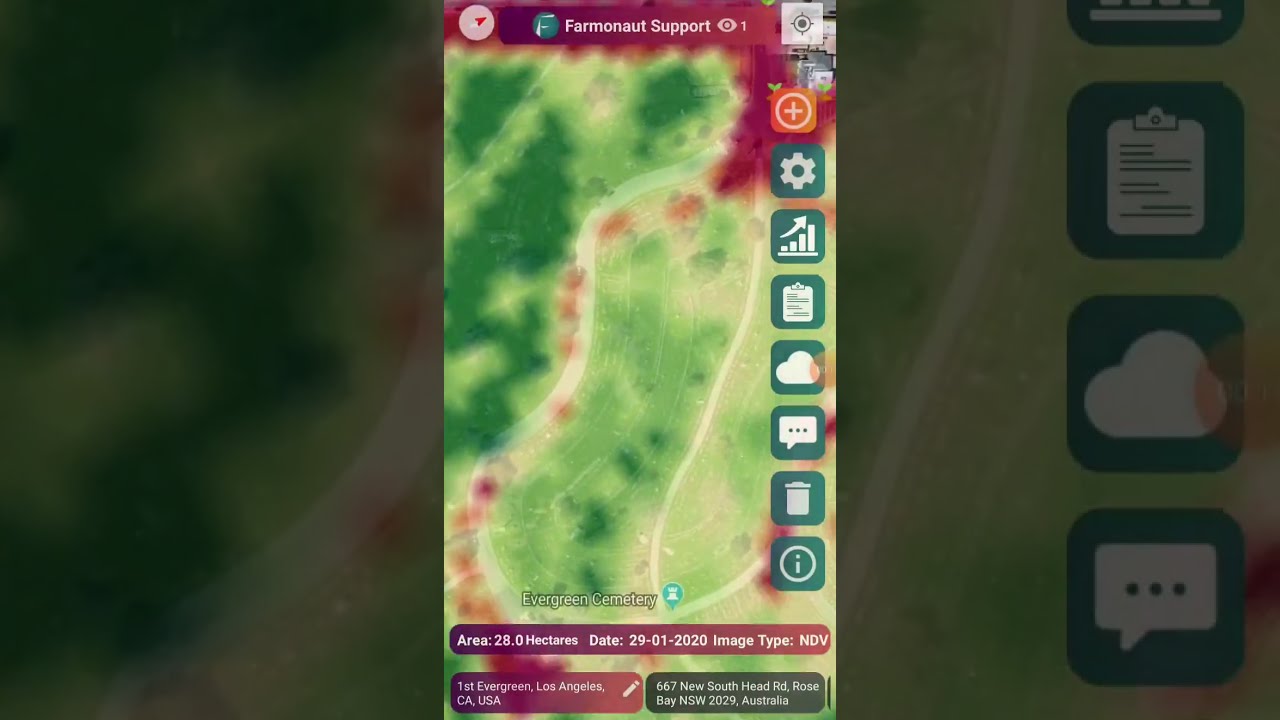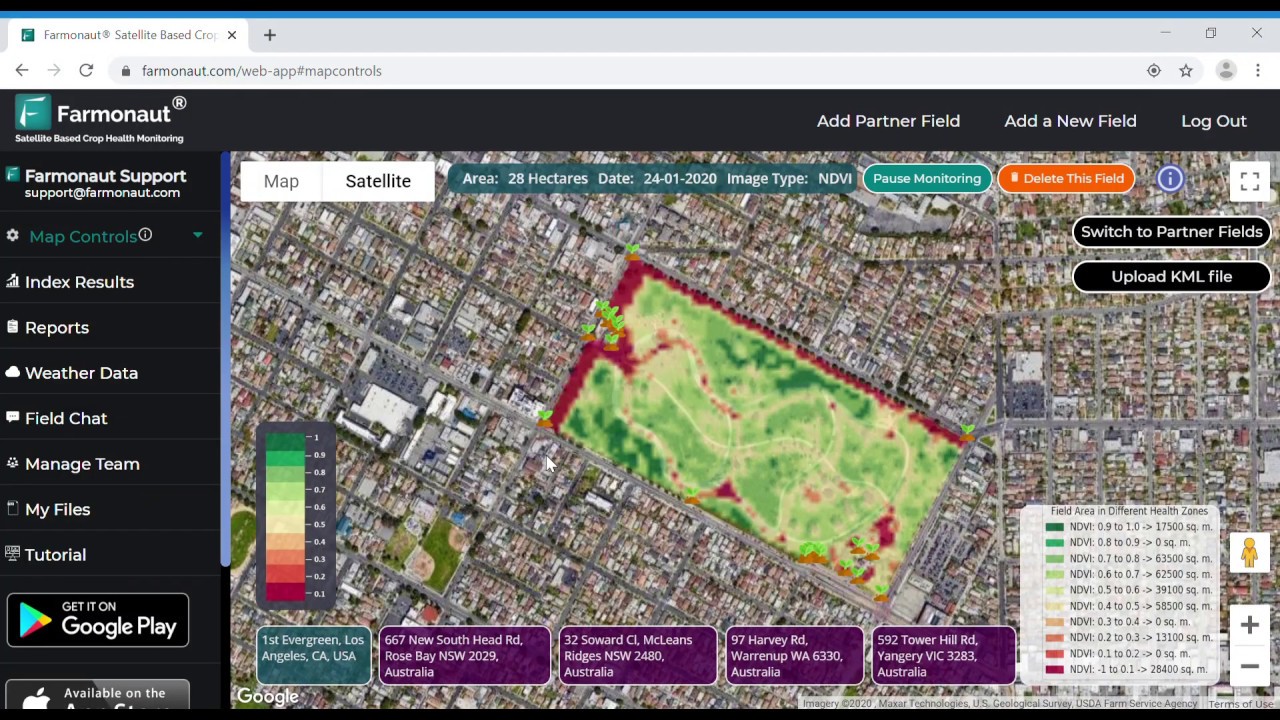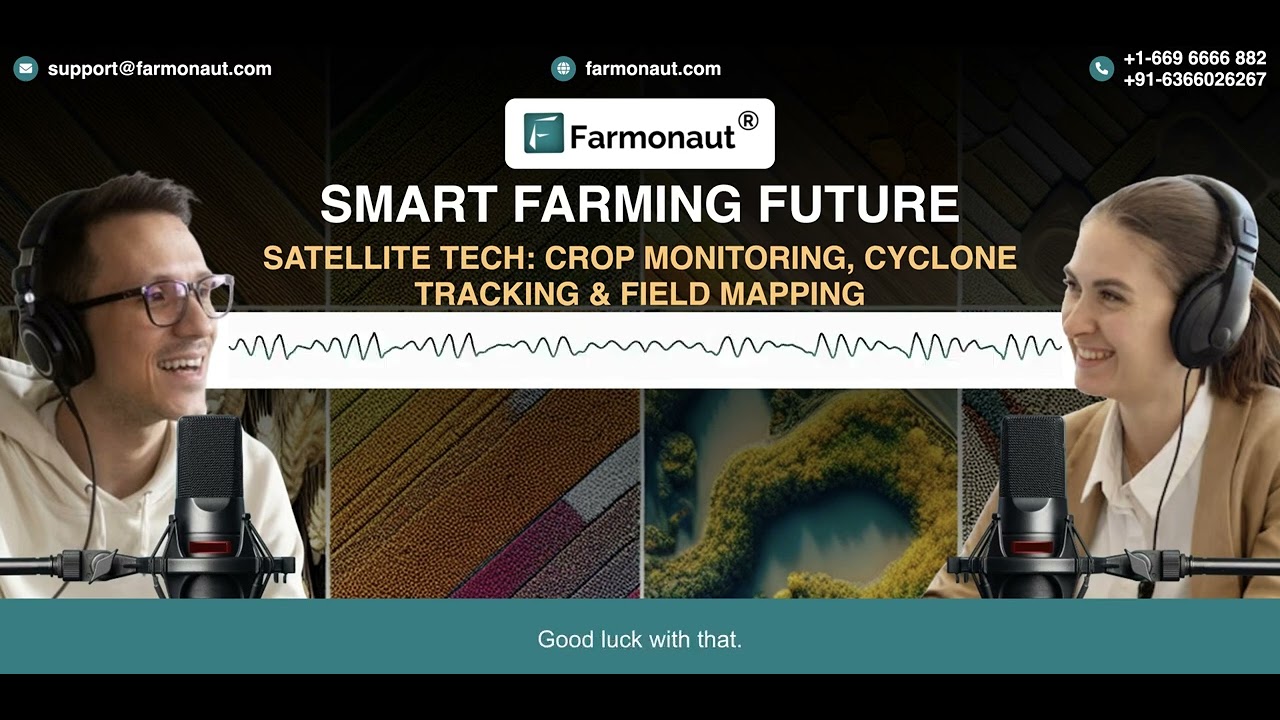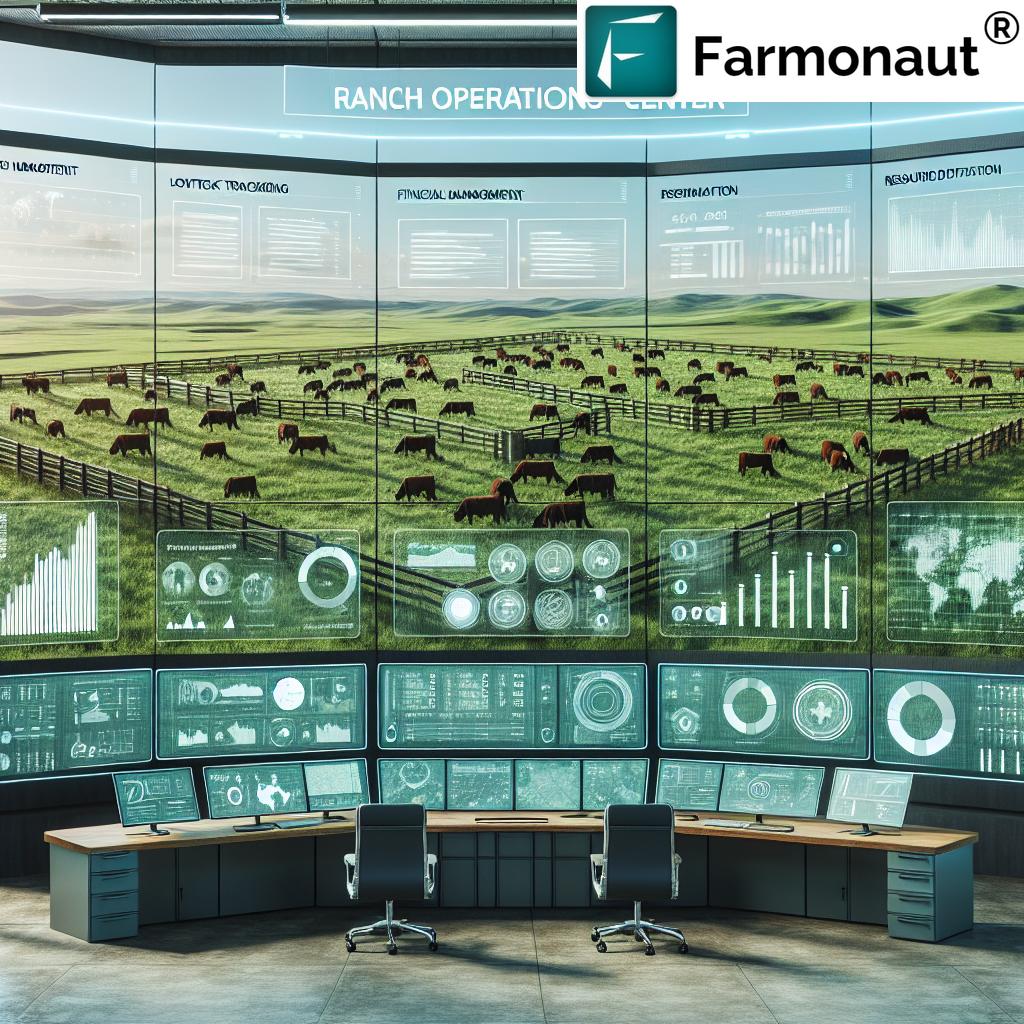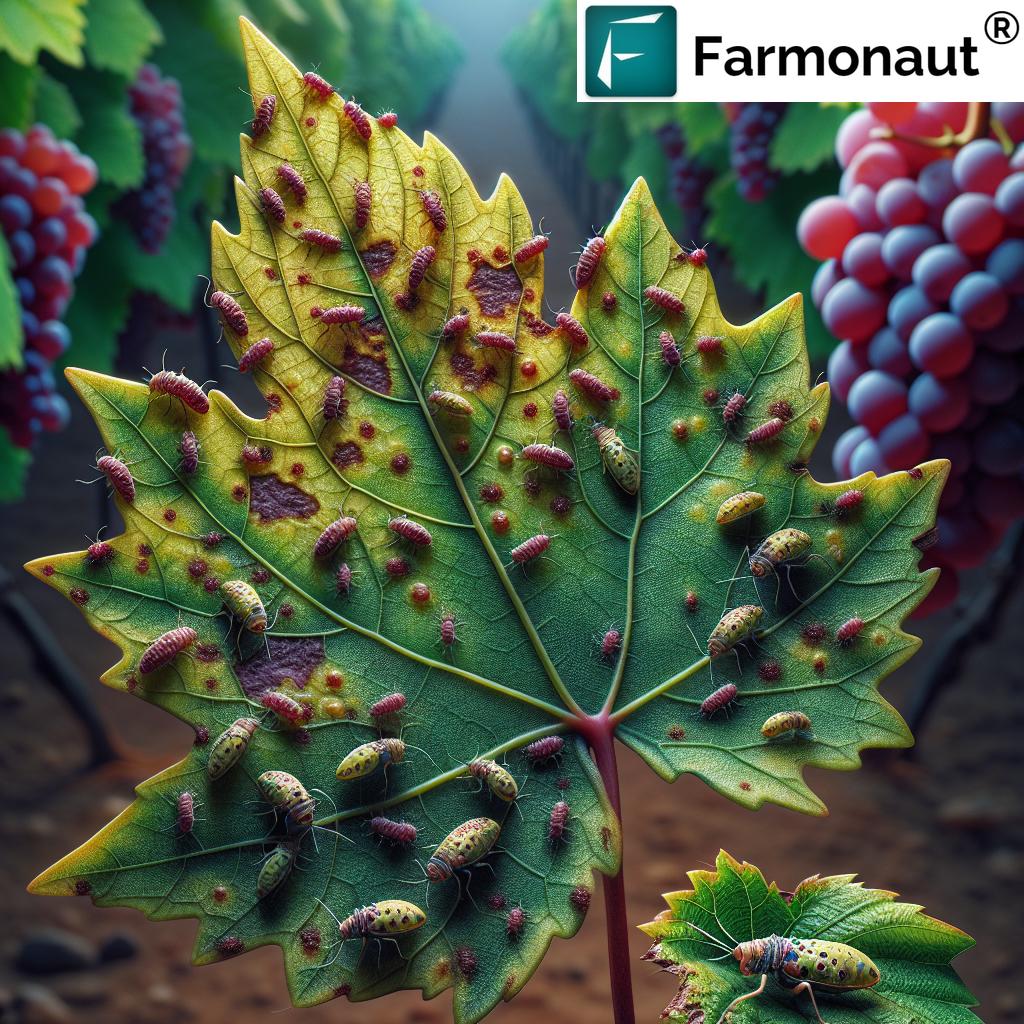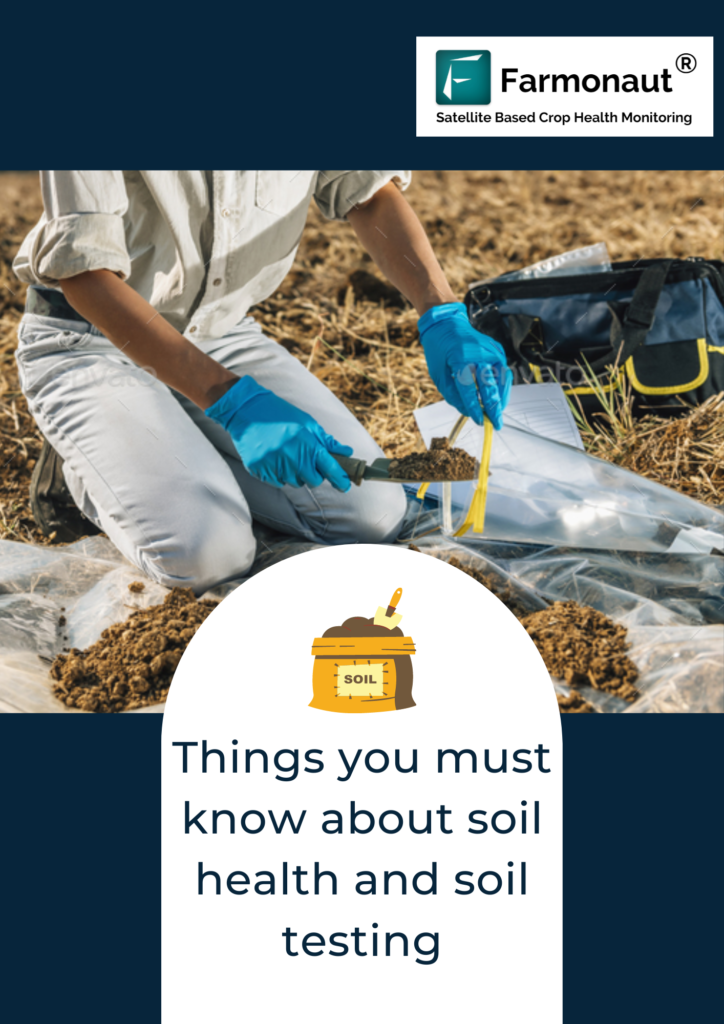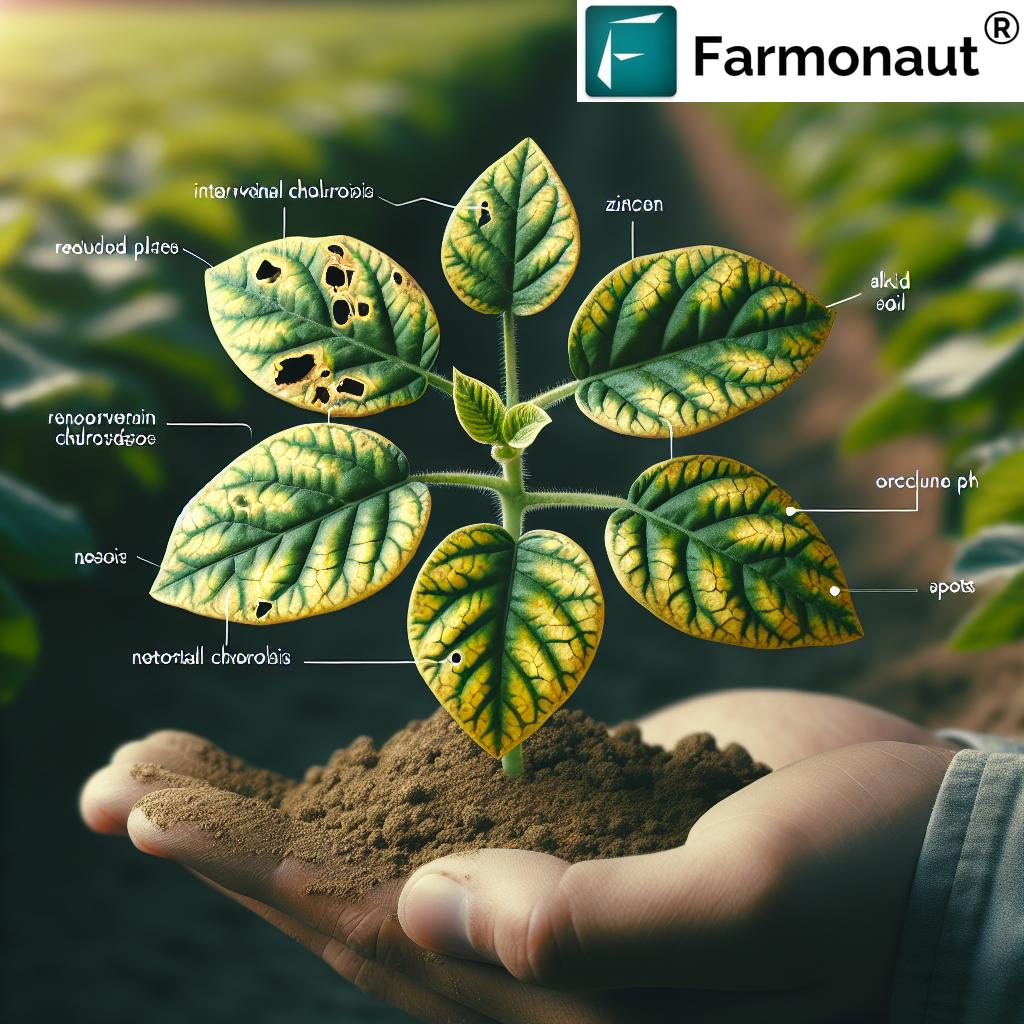Farming Safety Equipment: Essential Agriculture Gear 2025
Meta Description: Agriculture safety equipment – Explore vital farming safety equipment and innovative gear set to protect agricultural workers in 2025, enhancing farm safety and efficiency globally.
- Summary: Agriculture Safety Equipment for 2025
- Farming Safety Technology Trivia
- The Importance of Farming Safety Equipment
- Types of Agriculture Safety Equipment
- Advances in Farming Safety Equipment for 2025
- Feature Comparison Table of Advanced Farming Safety Equipment (2025)
- Best Practices for Implementing Agriculture Safety Equipment
- Farmonaut’s Role in Enhancing Farming Safety
- Challenges and the Way Forward in Agriculture Safety
- Frequently Asked Questions
- Conclusion: Safe & Efficient Farming in 2025
“Over 70% of farms plan to adopt smart helmets and sensor-equipped vests for worker safety by 2025.”
Agriculture Safety Equipment: Ensuring Safe and Efficient Farming Practices in 2025
Agriculture remains among the most vital industries globally, providing essential food, fiber, and raw materials to numerous sectors. However, despite cutting-edge technological advancements and improved farming techniques, farming safety equipment continues to be crucial. This is because agriculture remains one of the most hazardous industries, with workers exposed to a vast array of occupational hazards and environmental risks. As we move into 2025, the importance of proper agriculture safety equipment and safety-focused farming practices cannot be overstated. Innovative gear, smart PPE, and advanced monitoring solutions now play a pivotal role in safeguarding the lives of farmers and enhancing operational efficiency.
This in-depth guide explores the essential agriculture safety equipment and technologies reshaping farm and forestry safety in 2025 and beyond – from PPE and machinery guards to IoT-powered wearables and digital resource management. By understanding the tools and techniques available, we can foster safer, more productive rural environments worldwide.
Why Is Agriculture Safety Equipment Critical for 2025?
The sector involves numerous risks: operating heavy machinery, handling chemicals and pesticides, animal handling, and working in unpredictable environmental conditions. According to recent statistics, farm-related accidents remain a leading cause of injury in rural areas worldwide. Proper safety equipment helps mitigate these hazards, protecting workers, improving the working environment, and boosting productivity.
In 2025, we see a powerful integration of smart technology with traditional farming safety equipment. This not only prevents accidents but also improves the efficiency of farm operations, providing enhanced monitoring and protection for all.
Key Hazards in Modern Agriculture:
- Heavy machinery operation: Tractors, harvesters, and equipment pose rollover, crush, and entanglement risks.
- Chemical exposure: Pesticides and fertilizers can cause acute and chronic health issues.
- Animal-related dangers: Zoonotic diseases, bites, and crush injuries.
- Falls and slips: Climbing ladders, silos, or uneven terrain increases fall risk.
- Environmental extremes: Working during heatwaves or storms.
Types of Agriculture Safety Equipment: Protecting Workers in All Conditions
The types of agriculture safety equipment fall into several categories, each addressing specific hazards faced by farm workers and forestry personnel. Understanding these categories empowers us to create layered, effective protection systems for every working environment.
1. Personal Protective Equipment (PPE): The Essential Frontline
PPE remains the vital first line against occupational hazards, designed to protect against a multitude of risks:
- Protective Clothing: Durable, weather-resistant clothing shields workers from cuts, abrasions, chemicals, and extreme weather (such as heavy rain or UV exposure).
- Helmets and Hard Hats: Crucial for safety in operations with falling objects, animal handling, and forestry work.
- Eye and Face Shields: Goggles and visors protect against chemical splashes, dust, debris, and harmful UV or infra-red radiation in welding or spraying tasks.
- Hearing Protection: Earplugs and earmuffs reduce exposure to dangerous noise levels from heavy machinery.
- Respirators and Masks: Vital in handling pesticides, dusty environments, and chemical application.
- Gloves: Specialized for chemical, cut, or thermal resistance. Gloves prevent contact with hazardous materials and injuries during equipment maintenance or livestock work.
- Safety Footwear: Steel-toed boots, puncture-resistant soles, and slip-resistant designs ensure grip and stability on uneven or wet terrain.
2. Machinery and Equipment Safety in Agriculture
Modern equipment in agriculture employs extensive safety features to prevent injuries:
- Roll-Over Protective Structures (ROPS): Protective frames installed on tractors and heavy vehicles, often paired with seat belts to minimize injury during rollovers.
- Safety Guards/Shields: Shields around moving parts prevent entanglement, amputation, or crush injuries.
- Emergency Shut-Off Systems: Easily accessible controls to stop equipment in the event of an emergency.
- Lighting and Reflectors: For improved visibility, especially in low light, reducing accidental collisions.
- Sensor-Based Alerts: Advanced machines with sensors now issue alerts for overload, proximity hazards, or operator fatigue (see IoT in next section).
3. Chemical Safety Equipment: Guarding Against Toxic Exposure
Handling pesticides, fertilizers, and other agrochemicals presents unique hazards. Advanced farming safety equipment includes:
- Chemical-Resistant Suits: Full-body and partial suits that protect skin from dangerous chemical exposure.
- Proper Storage Containers: Leak-proof, lockable units reduce spill and contamination risks.
- Spray Equipment with Safety Features: Nozzles engineered to limit drift, automated shut-off, and closed system chemical transfer devices to further minimize accidental spills.
- Decontamination Stations: Onsite washing facilities for immediate skin and eye flushing in case of direct contact.
4. Fall Protection & Climbing Safety Gear
Working at heights or on unstable structures is common in farming and forestry operations, making fall-related injuries a notable hazard, especially in grain silos or tree trimming.
- Harnesses & Lanyards: Designed to secure users during elevated tasks and construction of storage solutions or in forestry.
- Guardrails & Safety Nets: Prevent falls from ladders, platforms, and scaffolds.
- Stable Ladders/Scaffolding: Built with anti-slip steps, wider bases for stability on uneven ground, and reinforced joints.
“In 2025, wearable tech is projected to reduce agricultural accident rates by up to 40% globally.”
Advances in Farming Safety Equipment for 2025: The Role of Smart Technology
Digital transformation is revolutionizing farming safety equipment. Smart technology, IoT, and automation redraw the boundaries of protection, proactively identifying risks, monitoring worker health, and reducing reliance only on manual vigilance. Here are the most impactful technologies streamlining agriculture farming equipment:
1. Wearable Technology (Smart PPE)
- Smart Helmets: Embedded with sensors to detect impacts, measure temperature, monitor fatigue, and real-time positioning – sending instant alerts to supervisors and workers.
- Sensor-Equipped Vests: Track heart rate, motion, and body temperature to identify stress, overexertion, or unsafe exposure to heat/cold.
- Wearable Gas Detectors: Continuously sniff for hazardous gases (like ammonia in livestock barns), sounding alarms before levels become dangerous.
- Data Integration: Many wearables automatically log incidents and health stats for future safety analysis and insurance compliance.
2. Robotics & Drones in Farming Safety
- Autonomous Sprayers & Shuttles: Robotic vehicles handle high-risk tasks like chemical application or remote monitoring, reducing human exposure to hazardous materials.
- Drones for Inspection: Drones rapidly inspect fields for hazards, track the progress of machinery, and identify workers needing assistance during emergencies.
3. Smart Sensors, IoT Integration, and Remote Monitoring
- Embedded Sensors: Equipment now integrates vibration, tilt, voltage, and overload sensors, providing real-time status and sending predictive maintenance alerts.
- Geofencing: Alerts if machinery or workers stray into hazardous or restricted zones.
- Environmental Sensors: Monitor field weather, air quality, and chemical levels, reducing risk of exposure and supporting quicker emergency response.
4. AR Training for Improved Farming Safety
- Immersive Safety Training: Augmented Reality (AR) modules simulate farm hazards – from machinery malfunctions to chemical spills – enhancing worker preparedness and hazard awareness.
- Remote Learning: Workers in rural areas access digital modules, making training more affordable and effective worldwide.
5. Next-Generation Materials for Agriculture Safety Equipment
- Advanced PPE Materials: Use of graphene, Kevlar, expanded polyolefins, and breathable nano-fabrics – balancing protection with comfort in heat and humidity or freezing conditions.
- Smart Fabrics: Clothing embedded with sensing fibers to detect dehydration, overexposure, or fatigue.
Discover satellite-powered safety analytics, carbon monitoring, and digital twin dashboards for large-scale farm management: Farmonaut Large-Scale Farm Management.
Reduce supply chain fraud and enhance traceability with blockchain, supporting transparency in agricultural safety practices: Farmonaut Product Traceability.
Track and lower your farm’s carbon emissions while meeting environmental compliance: Farmonaut Carbon Footprinting Solution.
Automate fleet tracking and enhance the safety of heavy machinery movement across thousands of acres with minimal risk: Farmonaut Fleet Management Tools.
Feature Comparison Table of Advanced Farming Safety Equipment (2025)
| Equipment Name | Technology/Innovation | Estimated Effectiveness (%) | Projected Adoption Rate (2025, %) | Price Range (USD) |
|---|---|---|---|---|
| Smart Helmets | Impact sensors, fatigue monitoring, IoT-enabled alerts | 95 | 72 | $180 – $350 |
| Wearable Gas Detectors | Continuous gas monitoring, wireless alerts | 92 | 68 | $100 – $220 |
| Sensor-Integrated Work Boots | Slip sensors, impact detection, location tracking | 88 | 52 | $80 – $200 |
| Autonomous Sprayer Shields | AI targeting, drift reduction, operator safety interlocks | 93 | 54 | $1,500 – $4,000 |
| Drone Monitoring Systems | Video, thermal imaging, geo-tagged alerts, real-time communication | 89 | 63 | $700 – $2,800 |
Want to build your own agriculture safety dashboards or integrate live field data into your ERP?
Access the Farmonaut API and developer docs for robust, scalable data streams.
Best Practices for Implementing Agriculture Safety Equipment
A holistic approach—much beyond simply providing equipment—is vital for ensuring safer farming practices and results on the ground:
- Comprehensive Training: Every farm worker and manager should undergo continuous training on the use of agriculture safety equipment, hazard identification, operational standards, and proper emergency response procedures.
- Regular Maintenance: Plan systematic inspections of all equipment, especially moving parts, sensors, protective gear, and emergency features—immediately replacing defective components to prevent hazards.
- Promote a Safety-First Culture: Encourage open awareness discussions, clearly post safety policies, and reward consistent adoption of protective measures.
- Legal Compliance & Standards: Always follow national/international regulations—from PPE requirements to chemical application standards and worker health monitoring rules.
- Customization and Fit: Select farming safety equipment tailored to specific operations, environmental conditions, and crop/livestock types for maximum protection and worker comfort.
Learn how satellite-based land monitoring and field mapping can further inform your farm’s health, task scheduling, and resource safety in real time via Farmonaut advisory and management platforms.
Farmonaut’s Role in Enhancing Farm Safety & Efficiency
As the need for advanced agriculture safety equipment and operational efficiency grows, at Farmonaut we offer powerful digital tools for farmers, agribusinesses, and governments worldwide.
-
Satellite-Based Crop Health Monitoring:
We provide real-time field health insights—detecting stress from drought, pests, disease, or overuse of chemicals. This empowers informed decisions on irrigation, chemical handling, and labor allocation, directly reducing unnecessary exposure and accident risks. -
AI-Driven Advisory Systems:
Our Jeevn AI delivers continual, tailored guidance and training on best practices. It proactively alerts about hazardous conditions and schedules, helping prevent injuries in operational work. -
Resource & Fleet Management:
We offer logistics systems that track the real-time location, maintenance status, and safe routing of heavy machinery—ensuring safer movement of assets and personnel on large farms. -
Blockchain-Based Product Traceability:
Our platform enables users to build transparent food and fiber supply chains. Traceability strengthens compliance with global safety standards, and helps rapidly identify sources during safety recalls. Learn more about traceability and its safety benefits. -
Carbon Footprinting:
We help users monitor and minimize emissions to stay compliant with environmental standards, preventing risks to health and the farm ecosystem. Track your farm’s sustainability here.
Our mission is to make precision agriculture and safety insights affordable and accessible for every farmer, cooperative, agribusiness, and industry leader—be it through our mobile, web, or API tools.
Challenges in Modern Agriculture Safety & The Path Forward
Despite immense advancements, a set of ongoing challenges must be addressed for safer farms worldwide:
- Cost Barriers for Smaller Farms: In many rural areas, investment in the latest agriculture safety equipment or smart gear remains difficult. Subsidies, scalable tech access, and group buying models are essential.
- Awareness and Behavioral Adoption: Sometimes, traditional practices, discomfort with PPE, or a lack of risk awareness leads to underuse of vital protective gear. On-site training, demo fields, and national safety campaigns are crucial.
- Impact of Changing Climate: Unpredictable environmental conditions (heatwaves, extreme weather, new disease vectors) demand continual innovation in safety design, robust monitoring, and disaster response.
A collaborative commitment to awareness, continuous training, innovative product development, and institutional support is needed to ensure that farms—regardless of size—are safe and productive in 2025 and beyond.
Frequently Asked Questions: Agriculture Safety Equipment 2025
What are the most essential agriculture safety equipment items in 2025?
The most essential items include smart PPE (like helmets and vests with sensors), safety guards on machinery, emergency shut-off systems, fall protection gear, and chemical-resistant clothing. Wearable technology and IoT-enabled monitoring devices are becoming standard across farms and forestry environments.
How does smart technology make farming safer?
Smart technology offers real-time health and environmental monitoring, proactive hazard alerts, and automated machinery controls to reduce human error. These innovations improve both protection of workers and overall efficiency on the farm.
Why is PPE comfort and fit important?
Uncomfortable or poorly fitted PPE discourages consistent use. Modern gear employs lightweight, flexible, breathable materials, ensuring all-day wear and full mobility without sacrificing safety standards.
What training is recommended for effective agriculture safety equipment use?
Continuous, scenario-based training for workers and supervisors is vital. This includes simulated hazard drills, AR modules for hazardous task practice, and regular refreshers on new technologies or changes in farm operations.
How do Farmonaut solutions support agricultural safety?
We provide tools for real-time field health monitoring, resource and fleet tracking, digital safety advisories, and compliance support, all of which help prevent hazards and support effective, safe decisions at every level of farm management.
Conclusion: Safe, Efficient Farming Relies on Advanced Safety Equipment (2025 & Beyond)
In 2025, the importance and sophistication of agriculture safety equipment has reached historic heights. From smart PPE to AI-powered machine sensors, wearable gas detectors, drone inspection systems, and robust digital training, the landscape for farming safety is being transformed.
This evolution is not just about compliance or regulatory standards; it is fundamental for protecting the lives and livelihoods of farmers, workers, and forestry personnel across every region globally. Mitigating accidents and reducing risks yields direct benefits in productivity, worker satisfaction, and overall farm sustainability.
At Farmonaut, we remain at the forefront of this transformation—offering real-time insights, satellite-based monitoring, and digital advisory tools that integrate seamlessly into any tradition or size of operation. Our mission is to empower agriculture with smarter, safer, and more sustainable solutions for the years ahead.
For modern, safe farming that protects lives and improves efficiency, the adoption and integration of advanced agriculture safety equipment is not optional—it’s essential.
Learn more and start your journey towards safer, more efficient farming with:







